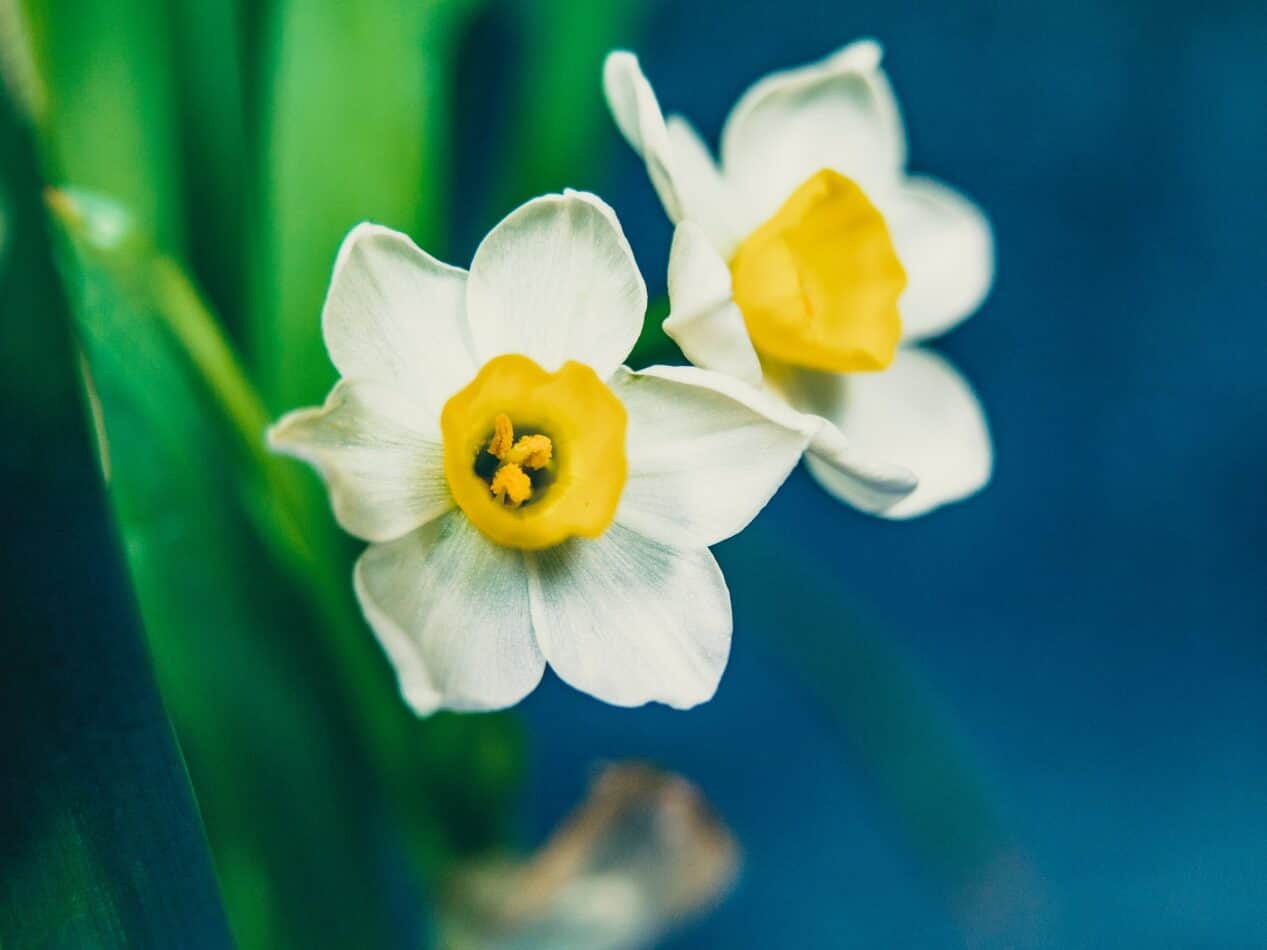Creeping Phlox, Phlox subulata, is a popular evergreen perennial that acts as a bright ground cover. With profuse star-shaped flowers in various pink, purple, or white shades, it forms a colorful carpet for around four weeks in spring to summer. It is native to eastern and central America and occurs naturally in dry, rocky places. Phlox requires little maintenance, it is hardy in zones 3 to 9, and pollinators love it.
The root of the name Phlox is the Greek for “flame” which is likely a reference to the plants bright petals. Subulata is derived from the Latin word for, “awl-shaped” and is evidence of the leaves of the plant. The remainder of the scientific name, Phlox subulata, is in reference to its meadow land native habitats. It is classified as a perennial, meaning it will come back year after year.
How to Plant and Grow Creeping Phlox
Creeping Phlox is a relatively low maintenance plant that is adapted to dry, rocky habitats. The ideal conditions for a Creeping Phlox to flourish is full sun, however it can tolerate part shade. The soil should be well drained but also quite moist, making it ideal for clay or loamy soils. It is best to water the plant often and frequently, be careful not to let the soil dry out or become too soggy. The plant does not require any special fertilization but can benefit from organic soil amendments. This flowering plant is hardy in zones 3 to 9, making it suitable for a majority of gardens.
The soil should be light and slightly acidic, with a pH between 6 and 7.5. During the spring and summer, the plant should be kept slightly moist but with adequate drainage. When temperatures dip during autumn, water should be provided less often, around once per week.
Meaning and Symbolism
Creeping Phlox is a symbol of happiness, youth, enthusiasm, and respite. This flower has been used for centuries as a sign of cheer, fertility, and comfort. In literature, poets often reference this flower as a symbol of evergreen strength and joy.
The symbolism of the Creeping Phlox also carries a strong message of renewal and rebirth. This can be seen when the Creeping Phlox returns in the later months of the year after a period of dormancy.
History, Mythology, and Religious Significance
Creeping Phlox has been celebrated throughout history by many cultures and religions, each with their own unique significance. It has been used in religious ceremonies and as a symbol of good luck and rebirth in many cultures.
For instance, in Christianity, the Creeping Phlox is a symbol of a spiritual awakening. The deep pink and purple shades of the flowers are said to evoke beautiful feelings of peace and love.
In many cultures, the Creeping Phlox is seen as a symbol of luck for the coming growing season. The promise of new life that the phlox brings is a message of hope throughout a long winter.
Flower Varieties and Their Defining Characteristics
Creeping Phlox is available in a range of colors and sizes. Popular varieties include:
- ‘Emerald Blue’ – a purple-blue variety
- ‘Blue Boy’ – a bright blue-violet variety
- ‘Candy Stripe’ – a creamy white with a pink center variety
- ‘Ruby’ – a deep pink variety
- ‘Peek-a-Boo’ – a yellow, pink and white variegated variety
Each variety is characterized by its unique color and sweet scent. Creeping Phlox is an attractive ground cover and is often planted in masses to create a beautiful and vibrant garden. In addition, Creeping Phlox can also be grown in containers and planters.
How to Pot and Repot
When potting Creeping Phlox, choose a container that is neither too small or large for the plant. Poorly sized containers can restrict root growth and disrupt the plant’s natural growth pattern. It is important to have good drainage to ensure the roots do not get too soggy and rot. There should also be adequate room for the roots to expand and allow oxygen to transport.
Once potted, the soil should be lightly moistened, taking care not to add too much water. If Creeping Phlox is over-watered it can become prone to root rot and other diseases. A light moist soil also prevents air pockets and encourages new root growth.
The Creeping Phlox should be repotted every 1-2 years depending on the pot size and how fast the plant is growing. It would be best to repot when the plant is still dormant or semi-dormant, in late summer or early autumn. Be sure to use a well-draining soil, and potentially amend it with organic material such as peat or compost.
How to Prune
Pruning of Creeping Phlox is not necessary, however after flowering, any brown or dead foliage can be removed to encourage new growth.
When pruning Creeping Phlox, use sharp pruning shears to ensure clean cuts. Prune away any dead or dying stem, removing any leaves and flowers. This will promote healthier growth in the upcoming flowering seasons.
Pruning should be done in the mid-spring before the new growth starts. This will give the plant time to recover and re-establish before it starts flowering. After pruning, ensure the soil is kept moist and there is adequate drainage.
Propagation
Creeping Phlox can be propagated using a few different methods. The most common method is through the use of root divisions. Look for a healthy root system and use a spade to gently divide the roots. Place the divisions into soil or the desired container or planter.
Another method for propagation is taking stem cuttings. Look for a healthy stem with 3-4 leaves and make a clean cut. Dip the cutting into rooting hormone and fill a pot with a well-draining soil. Plant the cutting and water immediately.
Common Pests and Diseases
The most common pest of Creeping Phlox is the mealy bug. Mealy bug can cause yellowing of the leaves and distort the shape of the foliage. It is best to treat the affected areas with insecticidal soap and prevent further damage.
Another common pest is aphids. Aphids are small insects that attack the foliage of Creeping Phlox and distort their shape. These pests can be treated with insecticidal soap. If left untreated, the aphids can cause yellowing of the leaves and stunt growth.
Common diseases of Creeping Phlox includes root rot, rust, and powdery mildew. Root rot is caused by too much moisture in the soil and can weaken the plant. To prevent root rot, ensure the plant has adequate drainage. Rust and powdery mildew can be treated with a fungicide and ensure that the plant has adequate air circulation.
Three Frequently Asked Questions About Phlox Subulata
- What is the best time to plant Creeping Phlox?
The best time to plant Creeping Phlox is in time for fall or early spring. This will allow the plant to establish itself before the growing season. - How tall does Creeping Phlox grow?
Creeping Phlox typically grows 2-6 inches (5-15 cm) in height. - Is Creeping Phlox a native plant?
Creeping Phlox is a native to eastern and central America.
Table Fact Sheet
| Creeping Phlox | Phlox Subulata |
|---|---|
| Family | Polemoniaceae |
| Plant Type | Perennial |
| Mature Size | 2 to 6 inches |
| Sun Exposure | Full Sun or Part Shade |
| Soil Type | Well-drained |
| Soil pH | 6 to 7.5 |
| Bloom Time | Spring to Summer |
| Flower Color | Varies, typically Pink, Purple, and White |
| Hardiness Zones | 3 to 9 |
| Native Area | Eastern and Central America |
What we love from Amazon this week
Buy these wonderful flowers directly from Amazon:















